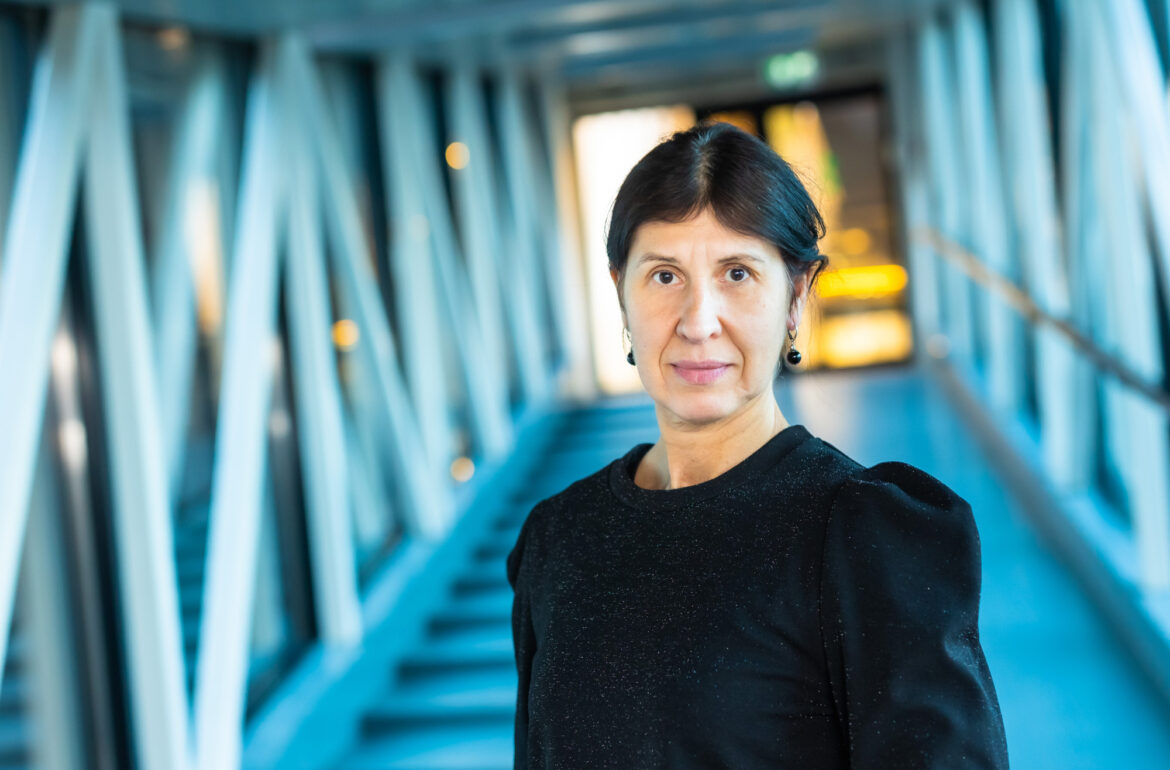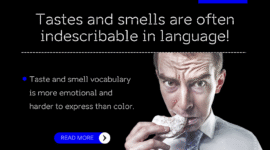Creative therapy can help tackle the main school problem: relationships!
Parents usually focus on academic achievements when looking for the right school for their children. Actually, more than anything else, relationships with teachers play a central role in motivating and engaging students to learn, studies have shown. Children who don’t feel well at school, will not be ready to learn and, in time, this sadly leads to a decrease in life satisfaction for students.
Therefore, perhaps the real question should be – how can we support kids to create stronger connections in school?
Creative therapy could be one of the keys unlocking this issue, Marika Ratnik, a lecturer of visual art therapy at Tallinn University, has shown in her research. “Small children think in pictures and schemes and it’s more natural for them to visualise their thoughts,” Ratnik told Research in Estonia.

Creative therapy is a form of healing process where the feelings and thoughts are expressed through arts like drawing, music, drama or clay work. It’s especially beneficial when the person has a difficult time verbalising their thoughts. The form of creation should help people analyse themselves and in return, adapt to new environments better. After two decades of research on the topic and practice in the field, Ratnik showed in her PhD thesis that creative therapy teaches pupils to heal through art. As an overall positive experience, it calms the person and allows them to experience success.
It’s like an intervention that makes the person take time off and reflect.
Using art in classrooms can also be a great way to facilitate learning. It can make the lessons more enjoyable, interesting and even be used as a reward. Ratnik’s study showed that teachers, who incorporated creative aspects in their lessons, reaped benefits of it.
Ratnik believes that creative therapy will become a natural part of school life in the future. In Israel, for instance, it’s already happening as over 3,500 art therapists are working with schools all over the country.
In Estonia, the field is still in its infancy, but things are changing. The country’s first creative therapy study programme was opened in 2010 and a handful of therapists are already hired in schools all over the country.
Inclusive education has its challenges

The importance of creative therapy may rise as a growing number of children with special needs are entering education systems every year and find it difficult to adapt. The US National Health Interview Survey showed a significant increase in the prevalence of any developmental disability. At the same time, studies have also shown that children with special needs are less satisfied in regular schools.
As a member of the European Agency for Special Needs and Inclusive Education, Estonia is following the principles of inclusive education. This means that, as a rule, students with special educational needs attend regular schools.
“We really believe in the inclusive education principles,” said Liina Lepp, an advisor to the Minister of Education, Liina Kersna. The schools have to find more individual approaches to reach every child. For now, the Estonian schools are obliged to hire four support specialists: a psychologist, a social psychologist, a special education teacher and a logopaedist.
Lepp explained that the Ministry of Education is thinking of adding a creative therapist to the list as a recommendation for now.
Minister Kersna has met with the Estonian Creative Therapists Union, and has often highlighted the therapists’ importance in the education system.
Therapy for everyone
“We all have moments in life when we struggle to explain what is going on with us,” said Mall Tamm, a long-time creative therapist, who studied the field in Denmark. “In those moments, a creative therapist could help unlock whatever is going on inside us.”

Tamm explained that a creative therapist uses the paintings – or any other art form they’re using – like documents and is trained to read them. The creation can help facilitate the discussion.
Creative therapy can also simply create and increase the understanding of one’s self and the surrounding circumstances.
“It’s like washing the reflection of your soul!” Tamm said, paraphrasing the Swiss psychiatrist and psychoanalyst Carl Jung. “My role is only to support the person in therapy, not to tell them what’s right and what’s wrong.”
“Either a child or an adult, who would mind taking a moment to play out ideas and thoughts on a clean sheet, without being judged? During difficult times, doing art, even if just by yourself, can still be hugely beneficial,” said Tamm. It’s still better than sulking in self-pity or moping around feeling angry and anxious.
Tamm summed this up, by saying, “artwork means taking care of your emotional hygiene.”
Written by: Marian Männi
This article was funded by the European Regional Development Fund through Estonian Research Council.
 Back
Back



